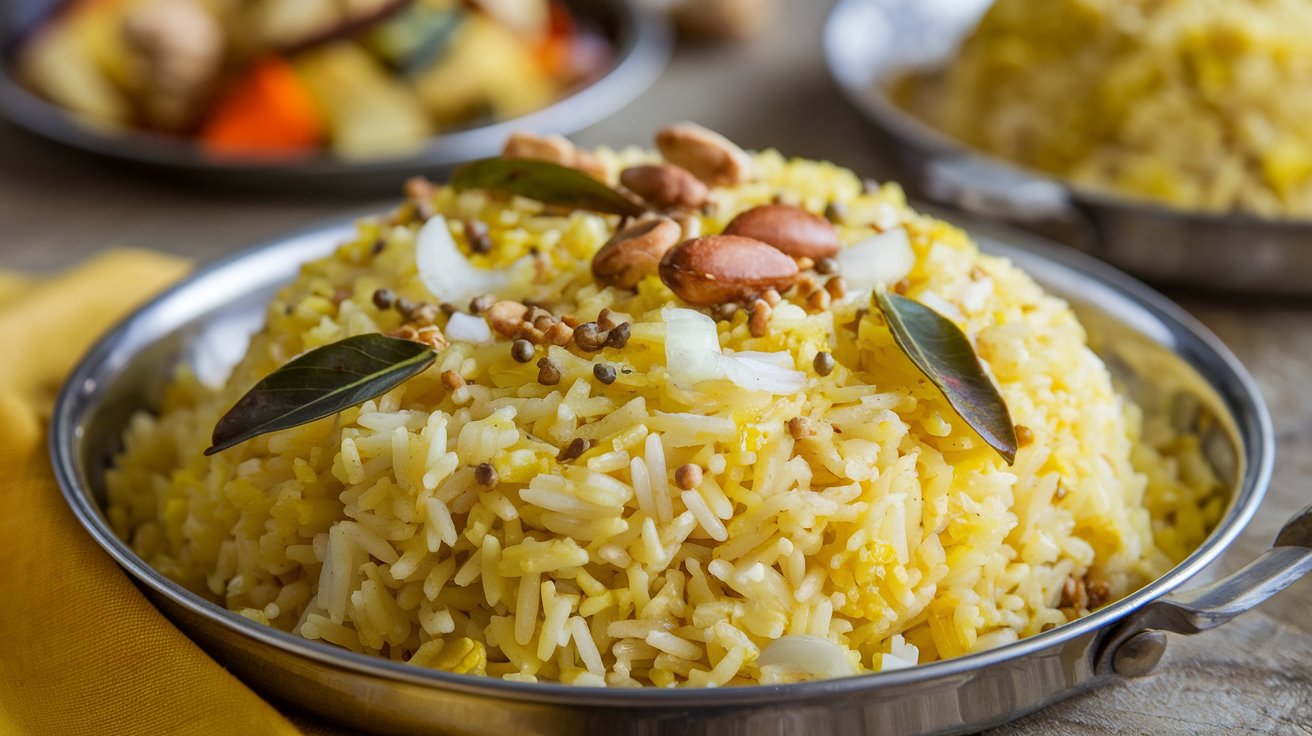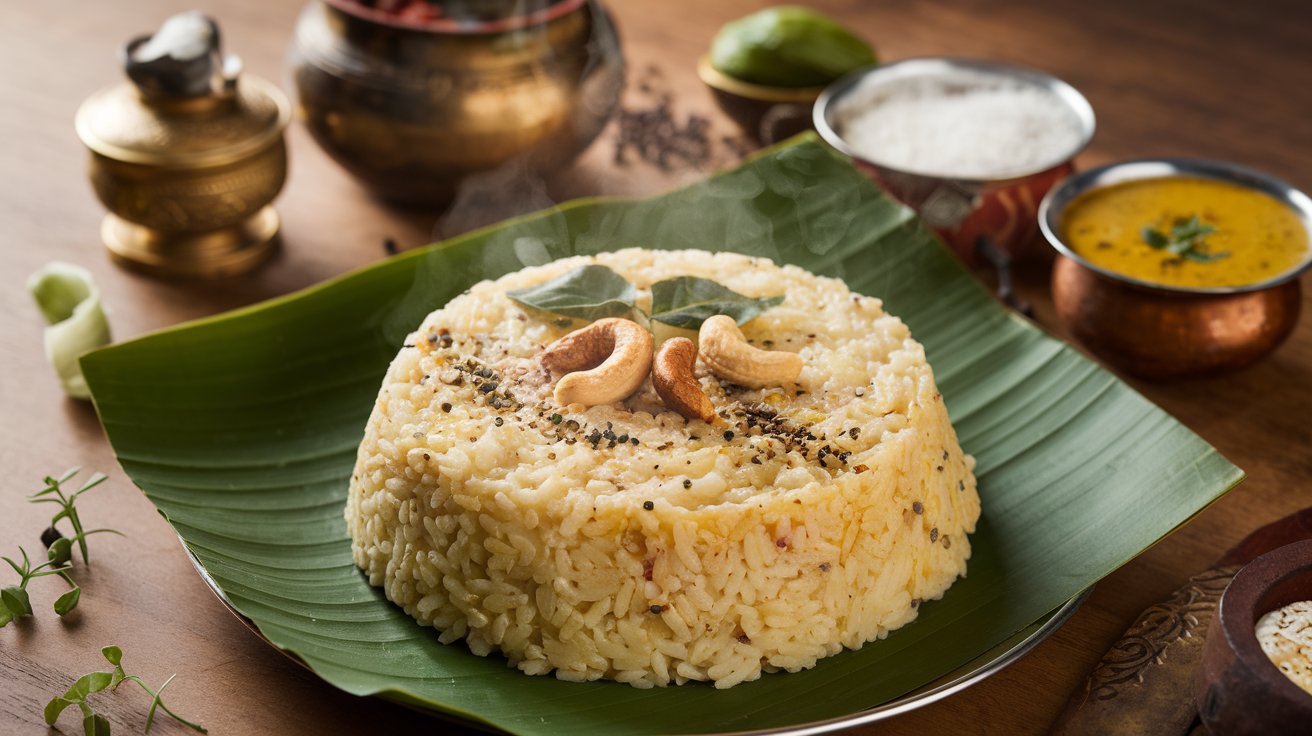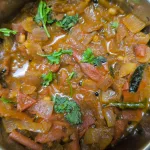

Join the Newsletter
Dive into quick, nutritious recipes, expert health tips, local food finds, and the latest in nutrition. Let’s explore healthier living together!
Red Chilli: A Burst of Spice in Every Dish
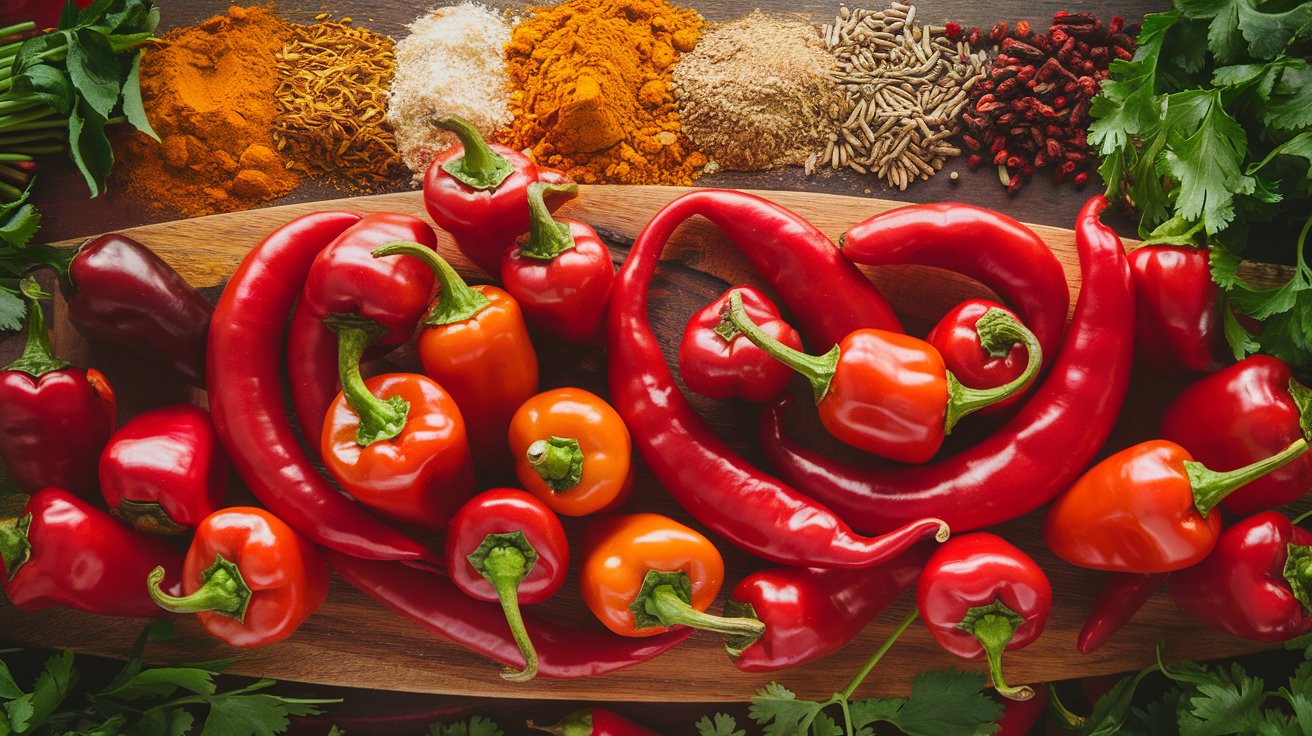
Affiliate Disclosure
Before reading this post, please be aware that some links in this article are affiliate links. This means that if you click on one of these links and make a purchase, we may earn a commission at no additional cost to you. We only promote products and services that we believe will be beneficial to our readers.
For more information, please read our full Affiliate Disclosure.
Introduction to Red Chilli
Red chilli peppers are more than just a fiery addition to your plate — they bring bold flavor and vibrant color to countless dishes. These hot peppers can be used fresh, dried, or in powder form, making them an incredibly versatile spice. Beyond their use as a flavor enhancer, red chillies also offer numerous health benefits that make them an essential ingredient in kitchens worldwide.
What Makes Red Chilli Special?
Red chilli peppers are a type of hot pepper that are harvested when ripe, offering a bright red hue and a distinct heat. The heat comes from a compound called capsaicin, which stimulates the heat receptors in your mouth. Red chilli peppers come in many forms, from mild to extra hot, allowing cooks to adjust the spice level in their recipes easily.
Tracing the History of Red Chilli
Native to the Americas, chilli peppers were cultivated over 6,000 years ago. After Columbus introduced them to Europe, they quickly spread to other parts of the world, where they became central to many local cuisines. Today, red chilli peppers are used globally, enriching dishes with both heat and flavor.
Different Varieties of Red Chilli
There are numerous types of red chillies, each with its own unique heat level and flavor profile.
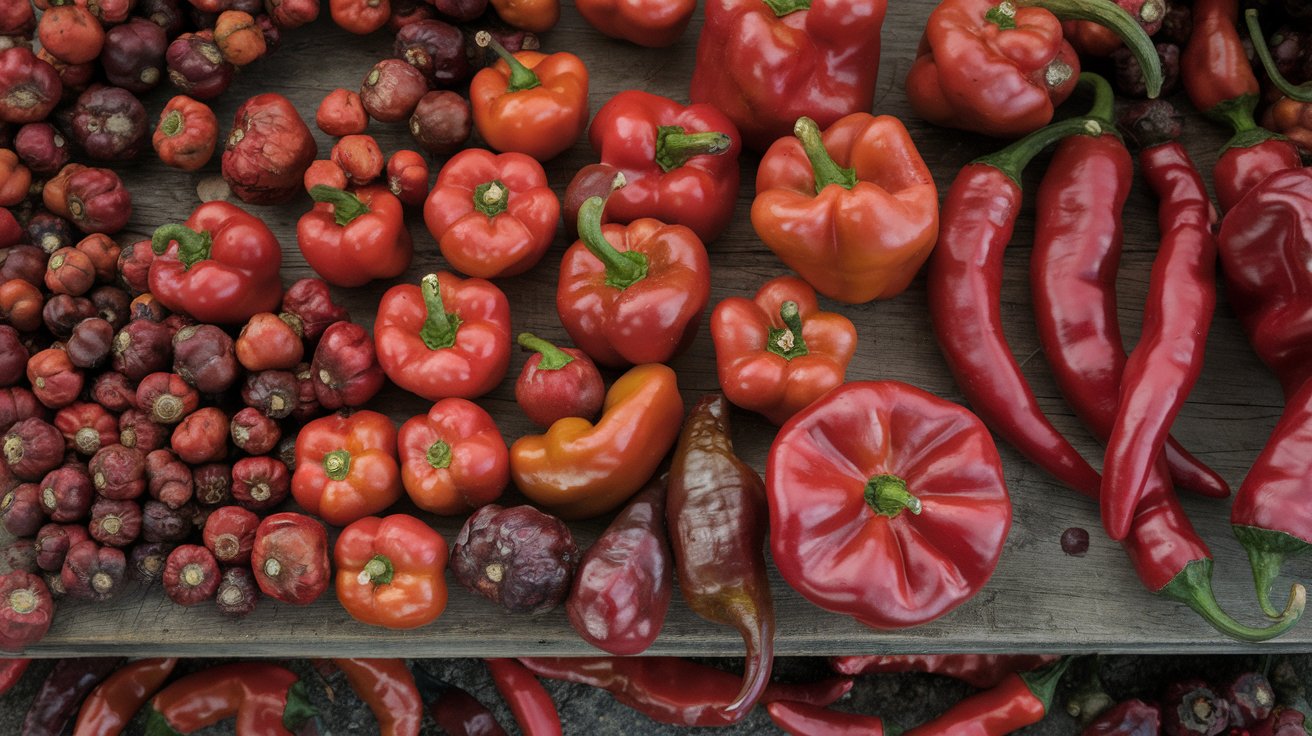
Popular Types of Red Chilli
From mildly spicy to extremely hot, red chillies come in a range of varieties, including:
- Cayenne: Known for its vibrant red color and moderate heat level.
- Bird’s Eye Chilli: A tiny, yet potent chilli frequently used in Southeast Asian cuisine.
- Mature Jalapeño: Once fully ripened, jalapeños turn red and develop a richer flavor and heat.
Understanding the Heat Spectrum in Red Chilli
The heat in chillies is measured using the Scoville Heat Unit (SHU) scale, which determines the amount of capsaicin present. For example, jalapeños have a mild to moderate heat level, ranging from 2,500 to 8,000 SHU, while Bird’s Eye chillies can soar to 100,000 SHU. This makes each chilli unique in terms of spiciness.
Nutritional Value of Red Chilli
Red chilli peppers are not just about heat — they are a treasure trove of nutrients and health benefits.
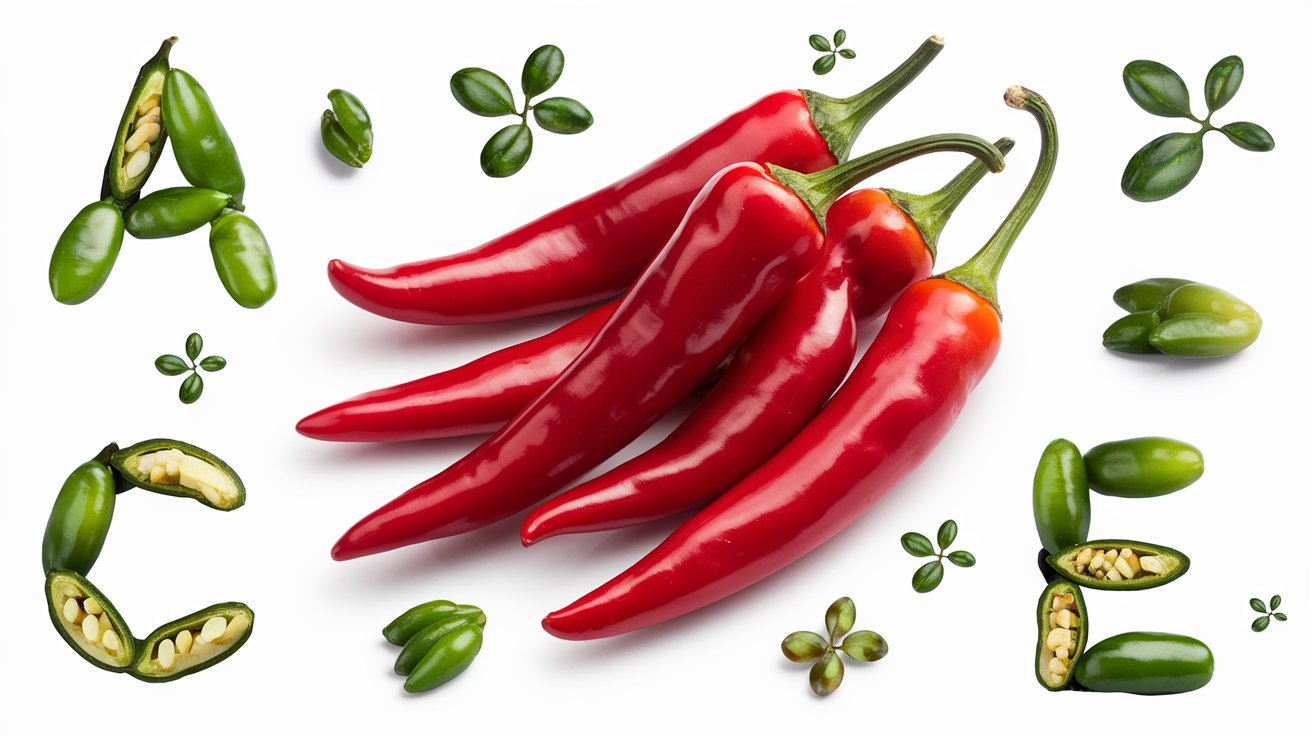
Packed with Essential Vitamins
Rich in vitamins A, C, and E, red chillies offer a substantial nutritional boost. These vitamins help support immune function, improve skin health, and combat oxidative stress. The vibrant red hue of chilli peppers comes from their high carotenoid content, which has anti-inflammatory properties.
Capsaicin and Its Benefits
Capsaicin, the active component that provides chilli peppers with their heat, offers a range of health benefits. It acts as an antioxidant, relieves pain, and even supports weight management by boosting metabolism.
Health Advantages of Red Chilli
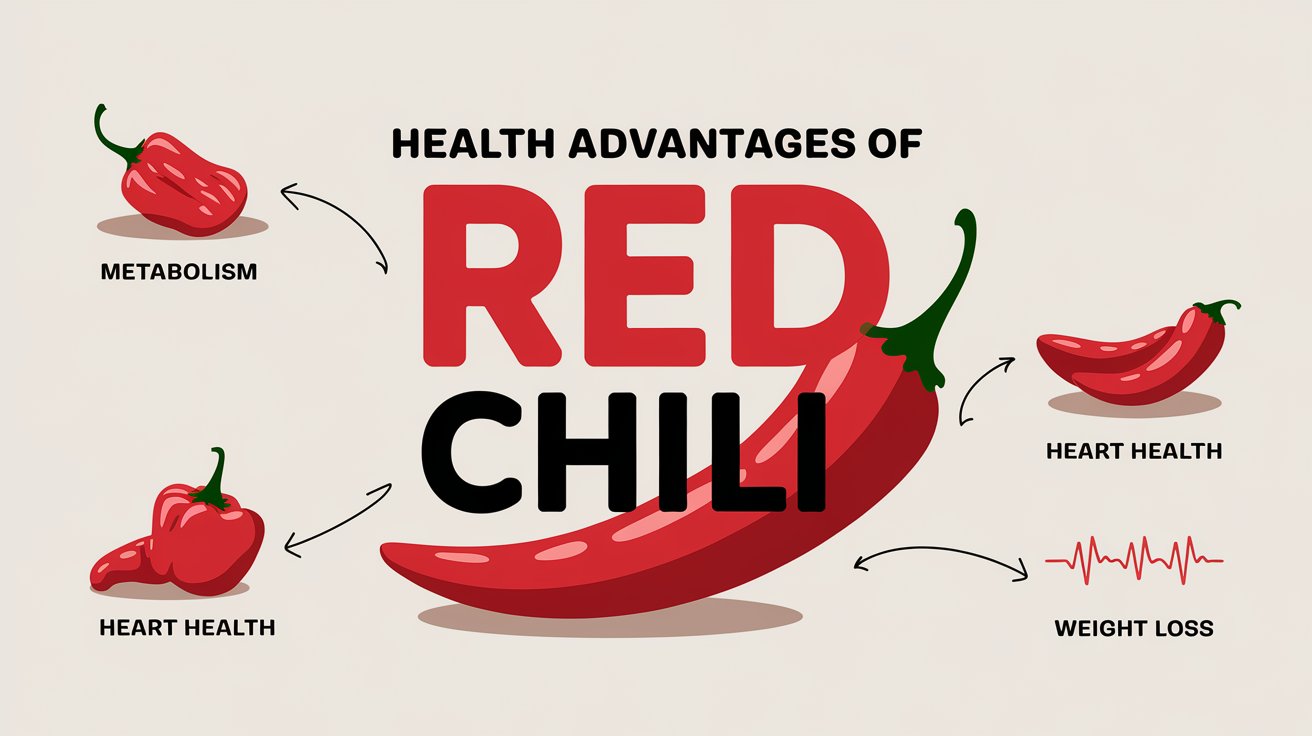
Increases Metabolic Rate
Capsaicin is known for its ability to temporarily increase metabolic rate, helping the body burn calories more efficiently. This makes red chillies an excellent ingredient for those looking to enhance their diet.
Eases Pain Naturally
Capsaicin has been utilized for ages as an organic remedy for pain relief. It works by desensitizing pain receptors in the body, making it a common ingredient in topical pain relief creams for arthritis and nerve pain.
Promotes Heart Health
Studies suggest that red chillies consumption may lower cholesterol levels, improve circulation, and reduce inflammation, all of which contribute to better heart health.
Helps in Shedding Weight
Since capsaicin can increase metabolism and fat oxidation, including red chillies in your diet may support your weight loss efforts.
Cooking with Red Chilli: Methods and Tips
Red chillies can be used in various forms, depending on the recipe and desired level of spiciness.
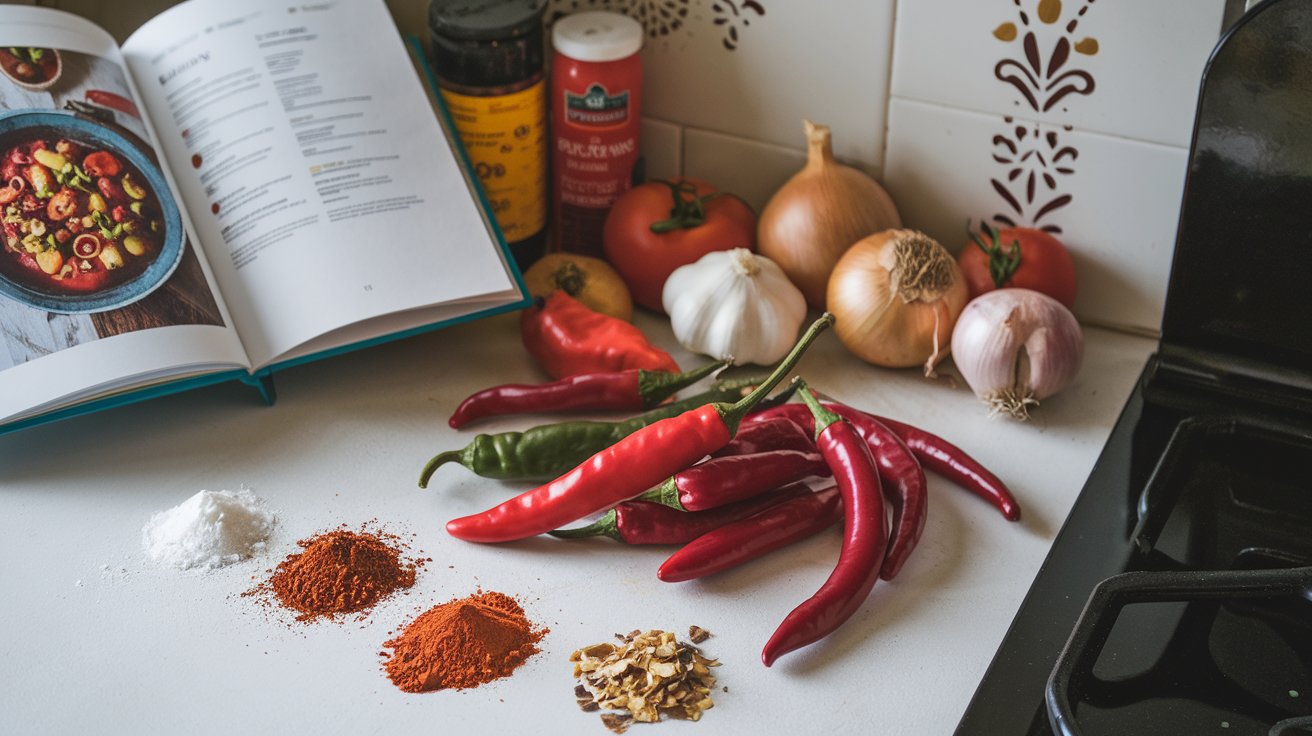
Using Fresh Red Chili in Recipes
Fresh red chillies peppers can be chopped and added to sauces, salads, or stir-fries to provide a punch of heat. They also make an attractive garnish when sliced and placed on top of dishes.
Incorporating Dried Red Chillies
Dried red chillies are ideal for curries, stews, and soups. Soak them in water to rehydrate or grind them into a powder for a more concentrated flavor.
Chillies Powder and Flakes: How to Use Them
Red chillies powder and flakes are a convenient way to add spice to any dish. They are perfect for seasoning quick meals like pizzas, pastas, or roasted vegetables.
Red Chillies Across International Cuisines
Red chillies plays a vital role in many world cuisines, adding both heat and complexity to dishes.
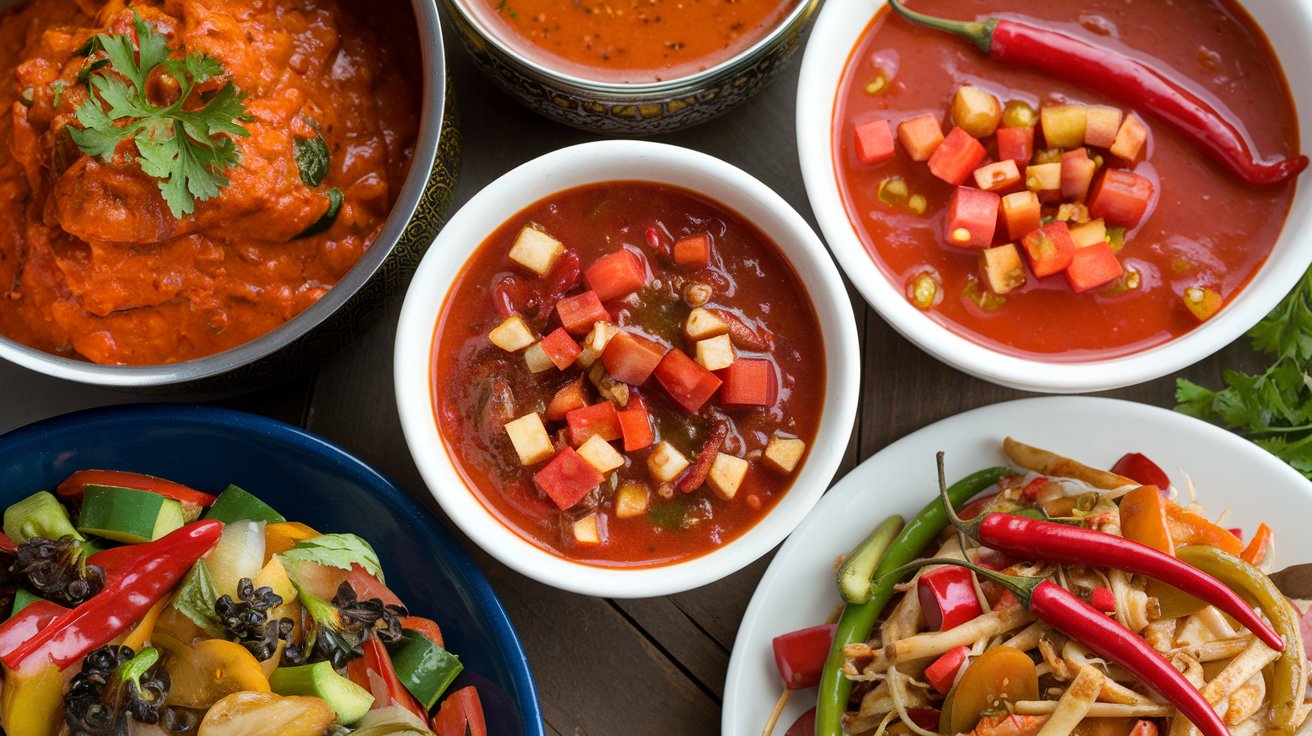
The Role of Red Chillies in Indian Dishes
In Indian cuisine, red chillies is a fundamental ingredient in spice blends, curries, and chutneys. It not only adds heat but also gives dishes a vibrant color, making it indispensable in recipes like tandoori or masala.
The Impact of Red Chillies in Mexican Food
Mexican food wouldn’t be the same without red chillies. Whether in salsas, enchiladas, or chillies con carne, red chillies such as ancho and chipotle create depth and enhance the overall flavor.
Red Chillies in Southeast Asian Cooking
Southeast Asian dishes often rely on red chilli to add bold flavors. From Thai curries to Indonesian sambal, red chilli peppers bring heat and balance to the rich, aromatic flavors of the region.
Handling Red Chilli Safely and Effectively
Preparing Red Chillies for Cooking
When preparing red chilli, it’s essential to handle them with care. Wearing gloves can prevent skin irritation from the oils, and washing your hands thoroughly after handling chillies will reduce the risk of irritation.
Tips for Reducing Chilli Heat and Dealing with Spiciness
If your dish turns out too spicy, dairy products like milk or yogurt can neutralize the heat. To counteract the heat, you might add a touch of sugar or honey
Growing Red Chilli: A Guide for Home Gardeners
Growing your own red chillies is a great way to ensure you always have fresh, flavorful peppers on hand.
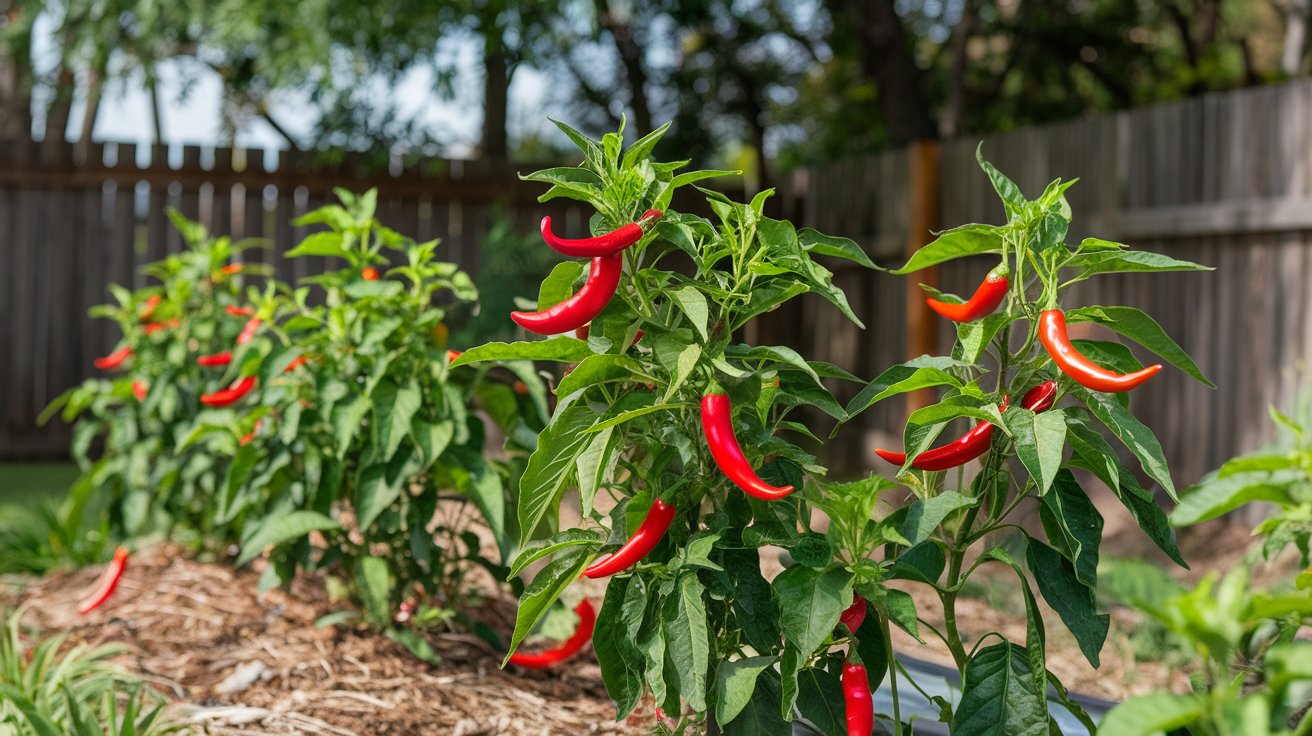
Optimal Growing Conditions for Red Chilli
Chilli peppers thrive in warm, sunny conditions. They require well-drained soil and consistent watering to grow effectively but be careful not to overwater them.
Harvesting and Storing Tips for Red Chilli
Once red chillies turn bright red, they’re ready for harvest. You can either dry them for long-term storage or freeze fresh chillies for later use.
Why Red Chilli Should Be in Every Kitchen
Whether you’re looking to add a fiery kick to your meal or reap the numerous health benefits, red chilli is a must-have ingredient in every kitchen. Its versatility, nutritional benefits, and ability to enhance both flavor and color make it an indispensable addition to your pantry.
Conclusion: Red Chilli, Your Spice Companion in the Kitchen
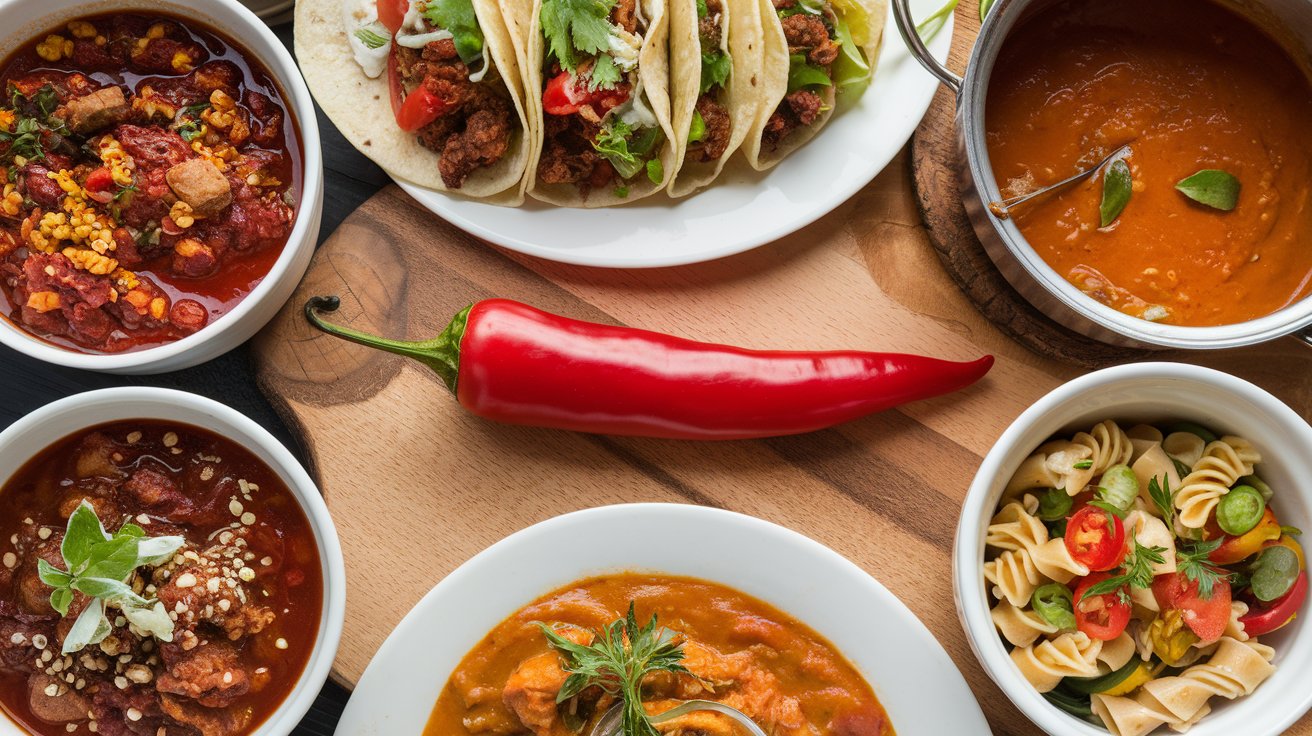
Red chillies peppers are more than just a spice — they are a key ingredient that can elevate any dish. Their robust flavor, health benefits, and versatility make them a valuable addition to your kitchen. Whether you’re cooking a traditional curry, making salsa, or simply sprinkling some chillies flakes over your pizza, red chillies has the power to transform your meal into something extraordinary.
FAQs
How can I make a dish less spicy after adding too much red chillies?
To reduce heat, try adding dairy like yogurt or sour cream to your dish. Sugar or honey can also balance out the spice.
Are red chillies beneficial for digestion?
Yes, red chillies can stimulate the digestive system and promote better digestion, though too much can cause discomfort.
How can I extend the shelf life of red chillies?
You can store dried red chillies in an airtight container or freeze fresh chilies to keep them fresh longer.
What distinguishes red chilli’s from green chilli’s?
Red chillies is a fully matured version of green chili, typically offering more sweetness and heat.
Can I consume red chilli’s every day?
Yes, but moderation is key. Overconsumption of chilli can lead to digestive issues.

Welcome to Merge Blog!
Dive into quick, nutritious recipes, expert health tips, local food finds, and the latest in nutrition. Let’s explore healthier living together!

I’m Divya Bharathi, the person behind MergeBlog. I’m a passionate food enthusiast sharing simple, nutritious recipes and tips for a balanced lifestyle. Join me on this delicious journey!
Divya Bharathi
SUBSCRIBE & FOLLOW
MUST-READ ARTICLES
Join the Newsletter
Dive into quick, nutritious recipes, expert health tips, local food finds, and the latest in nutrition. Let’s explore healthier living together!
